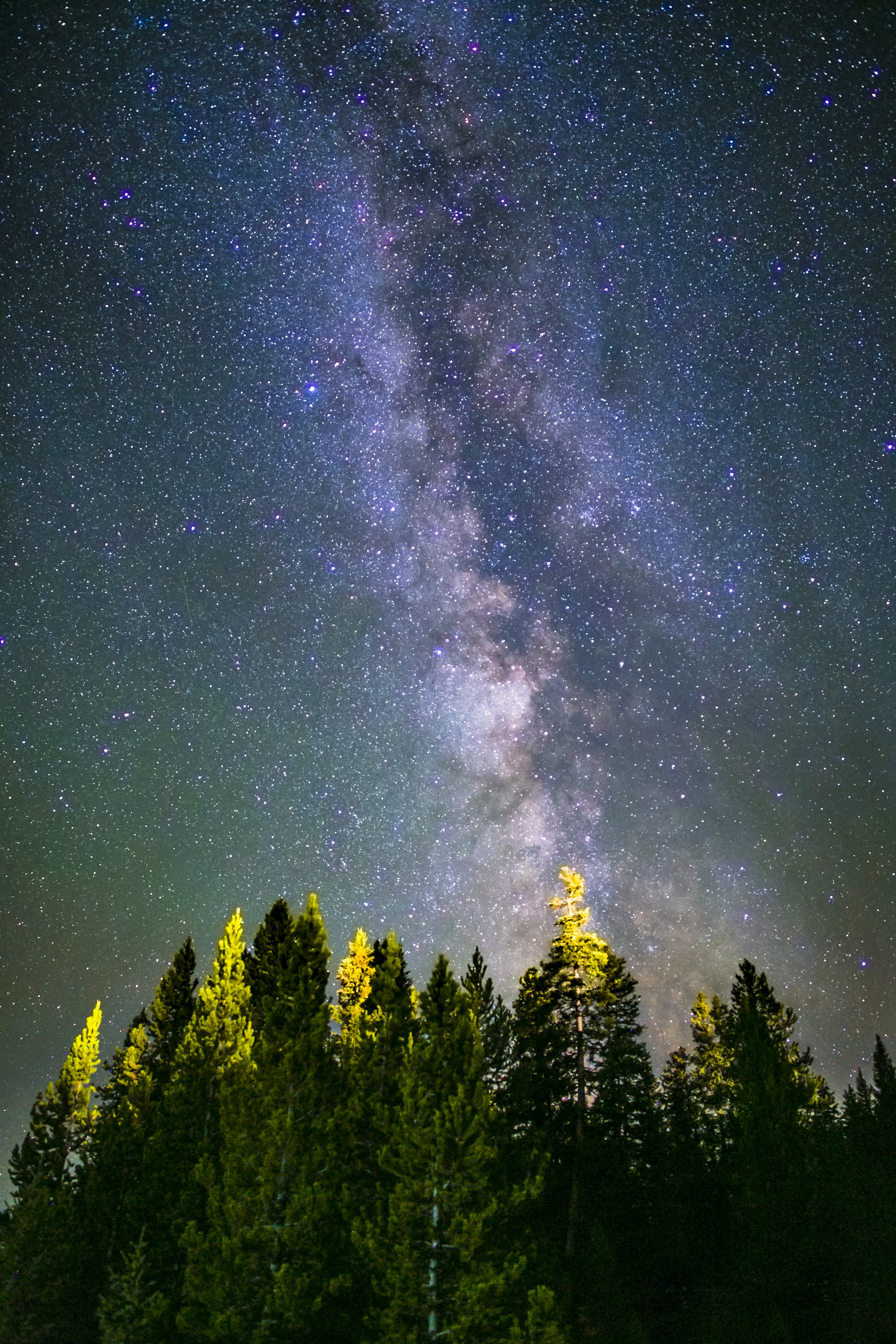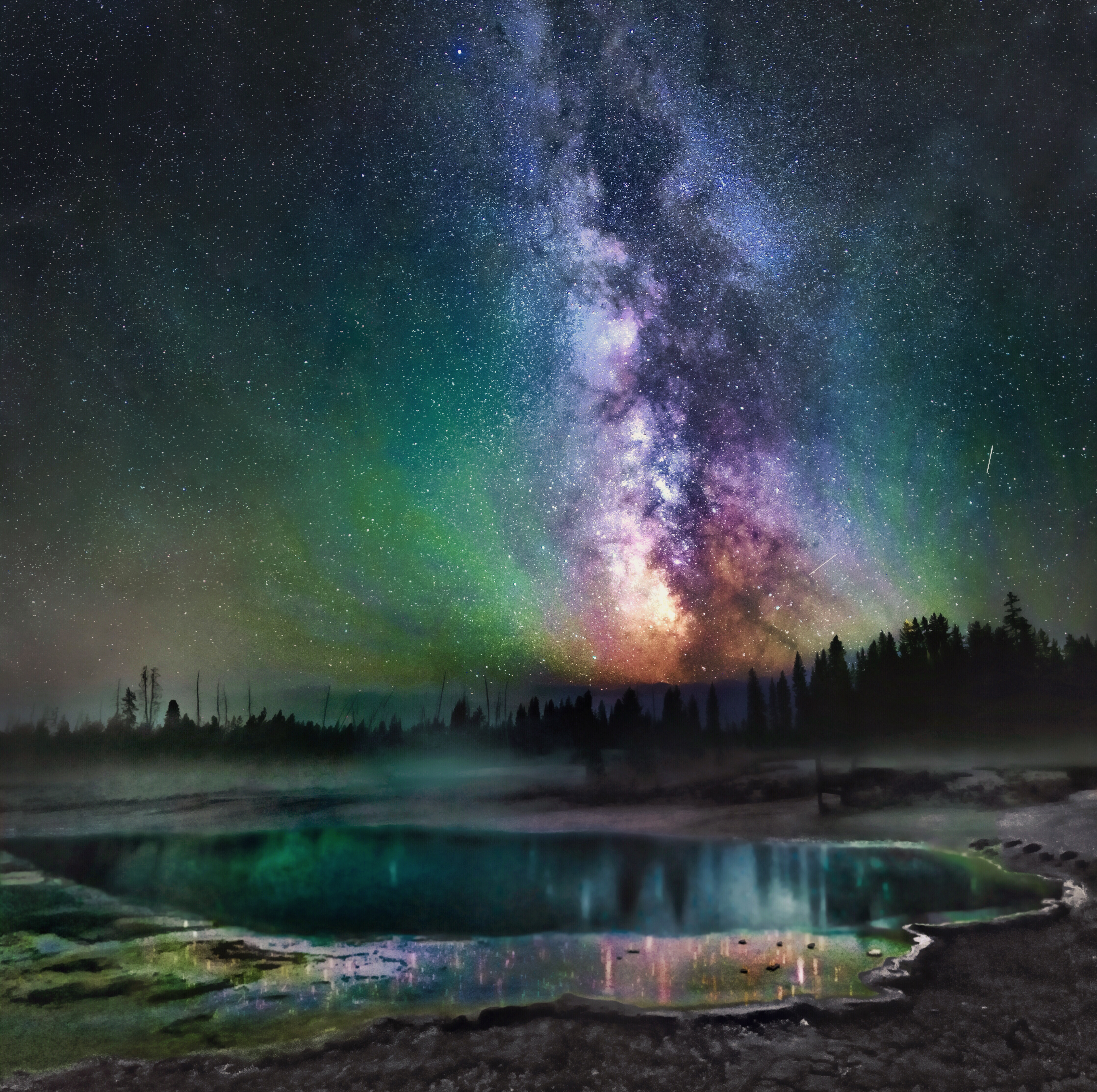IT IS AN AMAZING PARADOX; of dark skies and radiant starlight, that illuminates my favorite place to photograph our night sky: Yellowstone National Park, Wyoming. My photography encompasses many of the things that I love, astronomy, the wilderness areas of the United States, and geology. Yellowstone is one of the most distinctively wild landscapes in the western United States and embodies these areas of my interests perfectly. The park only attracting those in search of adventure from all over the world, but also providing a dramatic, earthly context for astrophotography. Perhaps the most important thing about spending time in this quiet, wild place and looking up at the stars is the reminder that our possibilities for adventure are as limitless as is our universe.
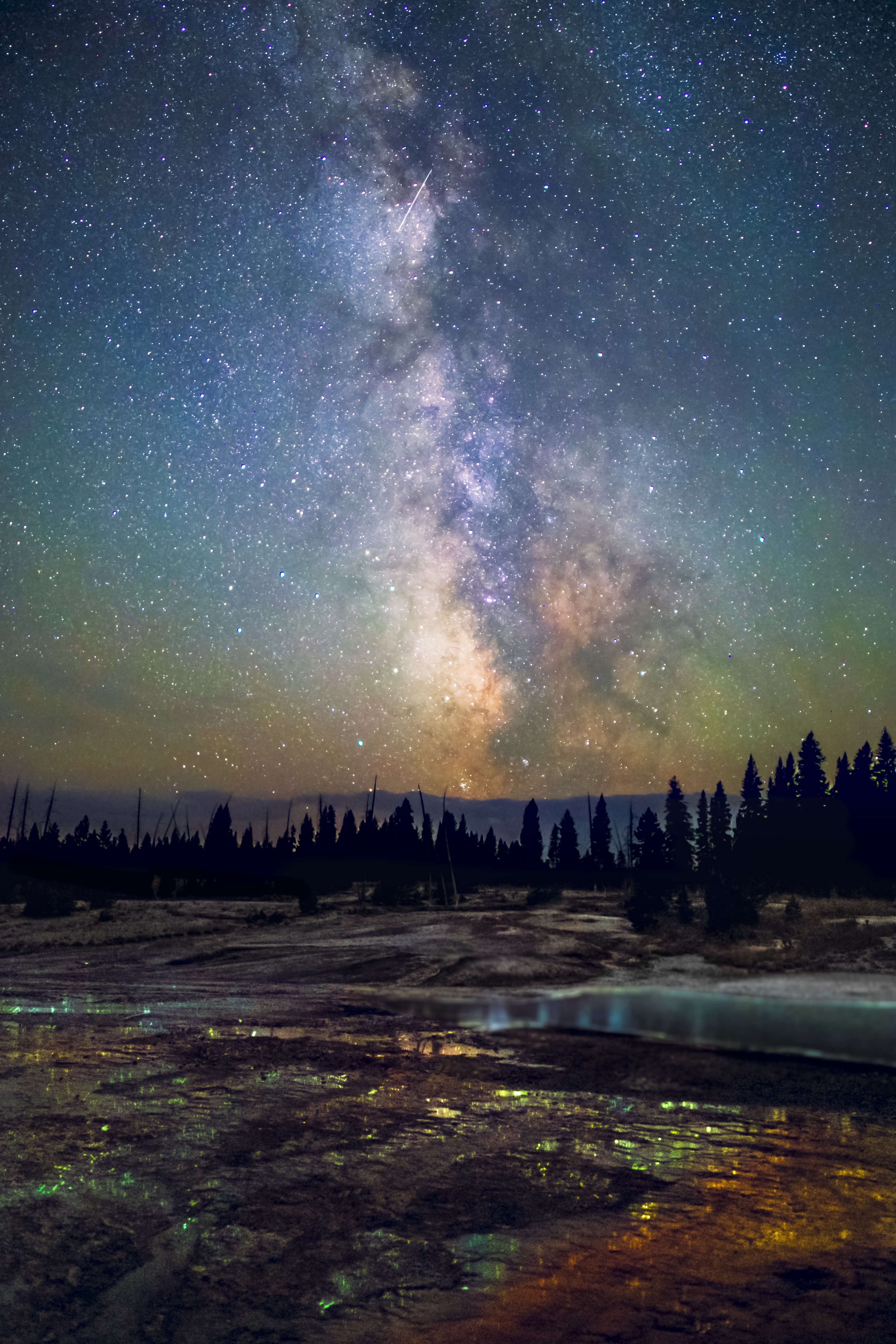
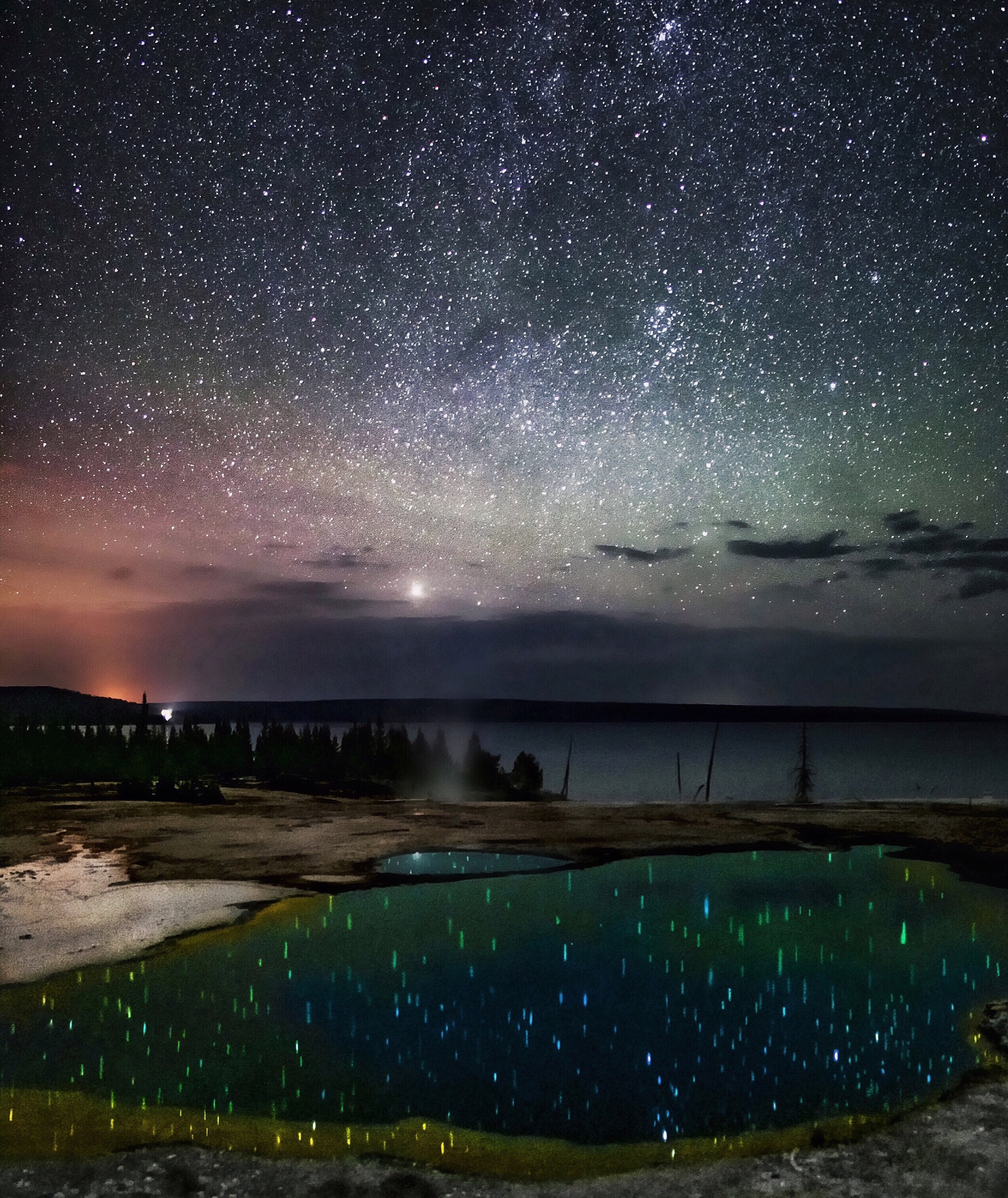
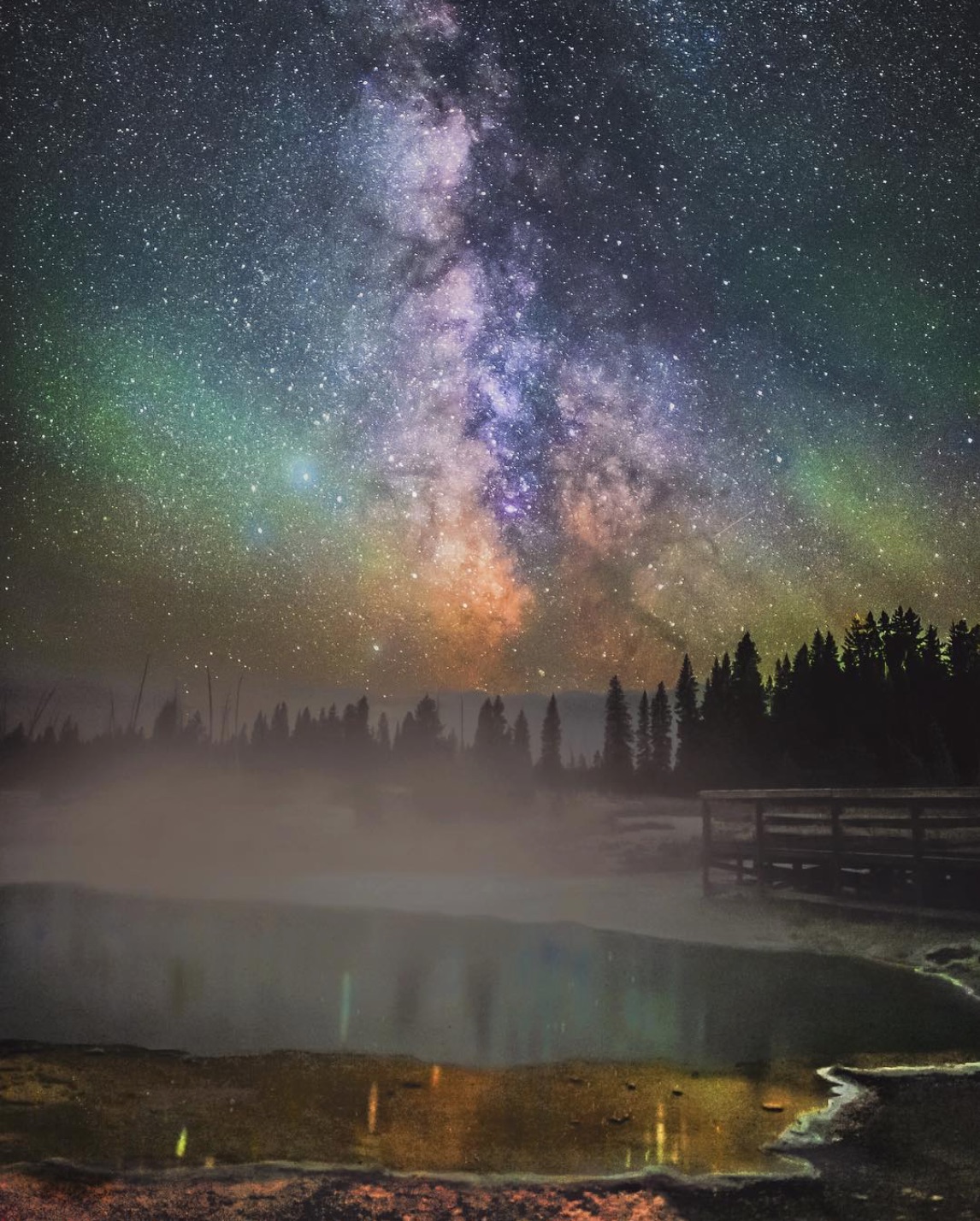
Intermission
